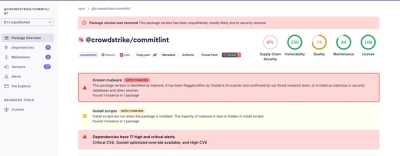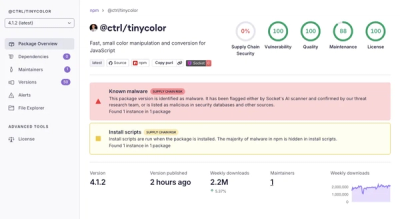gltf-statistics

JavaScript and Node.js library and command-line tool to display statistics for glTF models. This is useful for performance analysis.

Install
Install Node.js, then run:
npm install gltf-statistics
Command-Line Tool
Run node ./bin/printGltfStats.js [path-to.gltf or directory-with-gltf-files]. For example:
node ./bin/printGltfStats.js test/data/Cesium_Air.gltf
outputs:
Key statistics
--------------
Total size of all buffers: 172,256 bytes
Images: 2
External requests (not data uris): 0
Draw calls: 5
Rendered primitives (e.g., triangles): 5,984
Nodes: 7
Meshes: 2
Materials: 2
Animations: 2
Run with -h for a description of each statistic.
It can also recursively search a directory for glTF files and write the stats for each one to a csv file. For example, run:
node ./bin/printGltfStats.js test/data/ -c stats.csv
Loosely speaking, for runtime performance, i.e., fps, Draw calls is usually the most important metric. Lower is better: a few dozen is great, a few hundred is doable; a 1,000+ is bad. Lower is also better for Rendered primitives: a few thousand is nothing for today's GPUs; 100,000 should be fine; a million is doable on good hardware. If they are being played, Animations also impact performance: a dozen is no problem; 100 is not unreasonable (Santa and his reindeer have 120); several hundred is a bit much. Generally, if there are a lot of animations, there will also be a lot of Draw calls, which also brings down performance.
The number of Images, Nodes, Meshes, and Materials impact performance, but these are accounted for in the number of Draw calls. The complexity of the materials and size of the images also impact performance, but these are not reported yet (#1).
For downloading size, the Total size of all buffers impacts speed (smaller is better) as does the number of External requests, which is the number of uri references for buffers, images, and shaders, except for data uris which have their contents base64-encoded (however, this requires base64-decode, which can impact performance).
Use with Node.js
var getAllStatistics = require('gltf-statistics').getAllStatistics;
var gltf = // glTFJSON
var stats = getAllStatistics(gltf); // Returns an object with the statistics
We can also get the number of draw calls and rendered primitives for a sub-graph where a given node is the root:
var getDrawCallStatistics = require('gltf-statistics').getDrawCallStatistics;
var gltf = // glTFJSON
var stats = getDrawCallStatistics(gltf, 'node-id');
Use in the browser
Include build/gltf-statistics.js it with a script tag:
<script src="build/gltf-statistics.js"></script>
<script>
var stats = gltfStatistics.getAllStatistics(/* ... */);
</script>
Running the tests
The tests use mocha. From the gltf-statistics root directory, run
npm test
We can also run JSHint separately
npm run jshint
Building for browser use
A pre-built unminified .js file is in the build directory. This is built with browserify. Install it with:
npm install -g browserify
To rebuild, from the gltf-statistics root directory, run
npm run build
Developed by AGI, founders of the Cesium WebGL engine.






